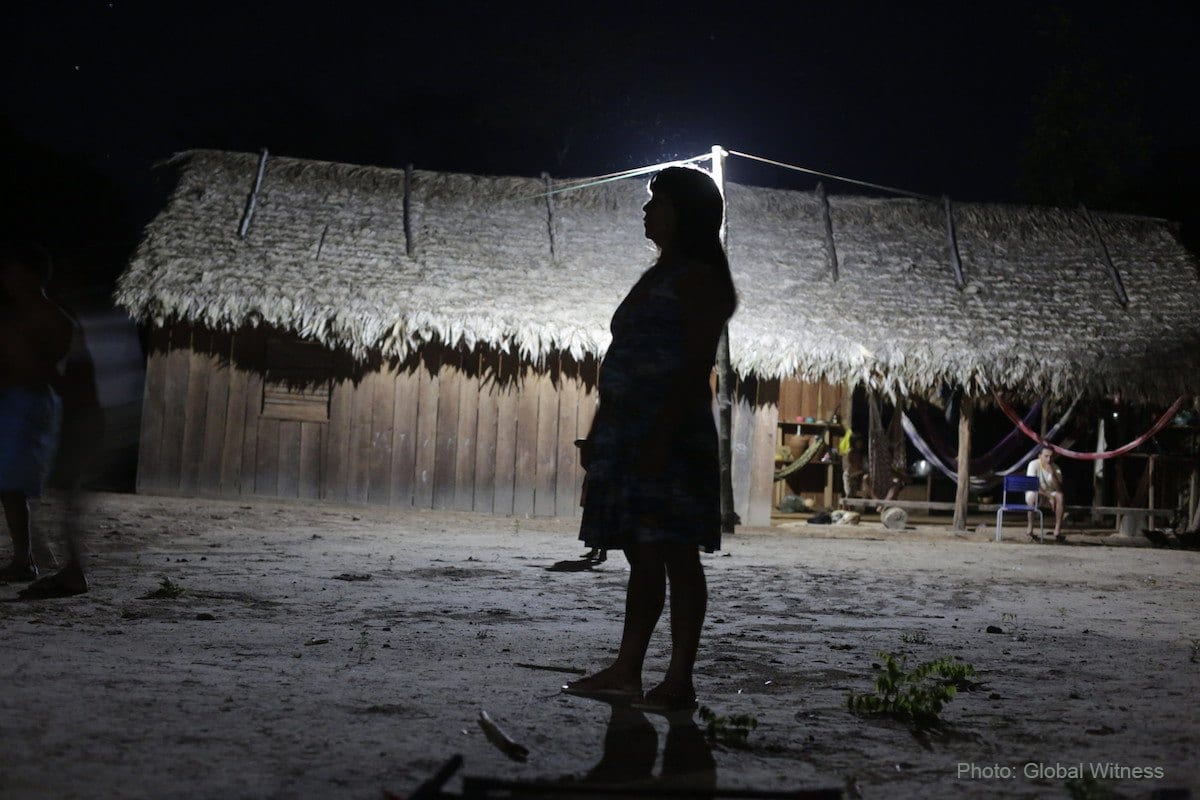What if Defending Your Home Got You Killed?
By Wanda Bautista, June 23, 2016

In 2015, a hidden war claimed the lives of more than three people each week, according to a new report by NGO Global Witness. The cause of this war: land.
The victims, 40 percent of whom were indigenous, died defending their land, forests and rivers against destructive industries.
“More and more countries are encroaching on previously untouched areas rich in resources,” Billy Kyte, author of the report and a campaigner with Global Witness, told Deutsche Welle. “Projects are being increasingly built on contested land, much of it where indigenous communities reside.”
For Colombian indigenous leader Fabio Moreno, protecting his community from gold mining on the Cañamomo Lomaprieta indigenous reserve is a matter of life and death. Recently, he returned to his home after spending several months in hiding after his colleague and close friend, Fernando Salazar Calvo, was murdered for his efforts to block gold mining on the reserve. Since his return, rumors of a cash prize in exchange for his head have made their rounds in the community.
“We can’t be afraid. After us, there are new generations coming that hope we do something for our territory,” Moreno told Foreign Policy in an interview. “Despite the danger, we have to continue.”
The report documented a total of 185 killings of environmental activists occurring in 16 countries around the world in 2015 reports the Associated Press. In Brazil, where an indigenous Guaraní-Kaiowá leader was publicly killed just last week amid a dispute over land, Global Witness documents 50 killings in 2015, making it by far the deadliest country for environment and land defenders. The Philippines and Colombia are close behind with 33 and 26 murders, respectively.
And for those who feel no horror at the rise in killings, Kyte points out that modern climate science proves we are intimately connected to each other, and that self-interest my well be served by caring for the world’s environmental defenders.
“(Indigenous Peoples) are the guardians of the planet’s natural resources, the ones confronting this rapidly changing climate and a number of other environmental problems that threaten all of humanity,” Kyte said in an interview with Liberation.
For the full list of countries appearing in Global Witness’ new report, On Dangerous Ground, please see the infographic below or access the materials here.

